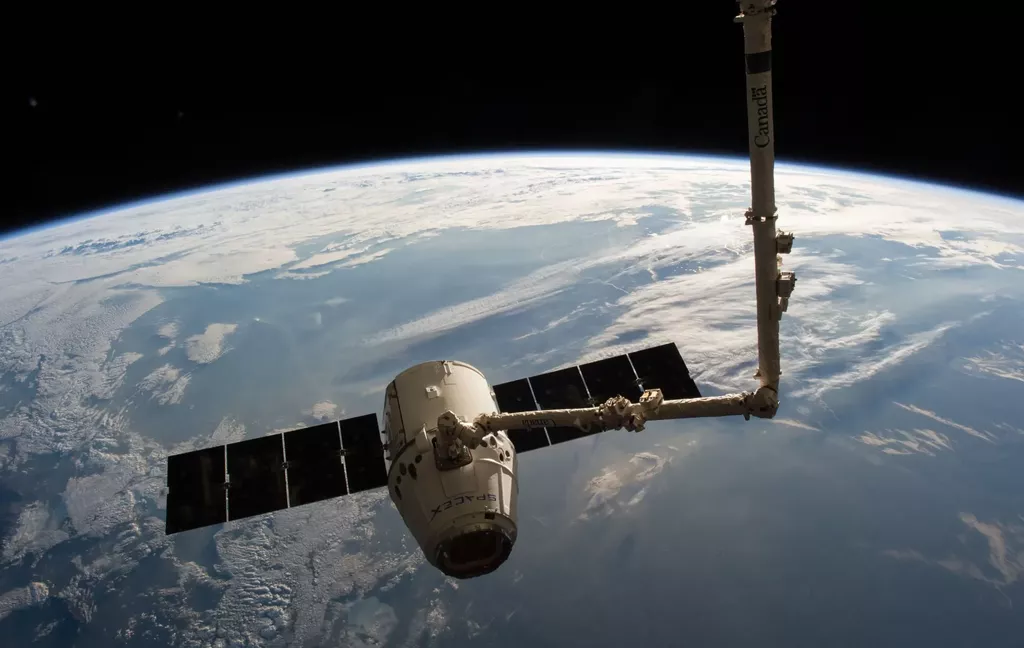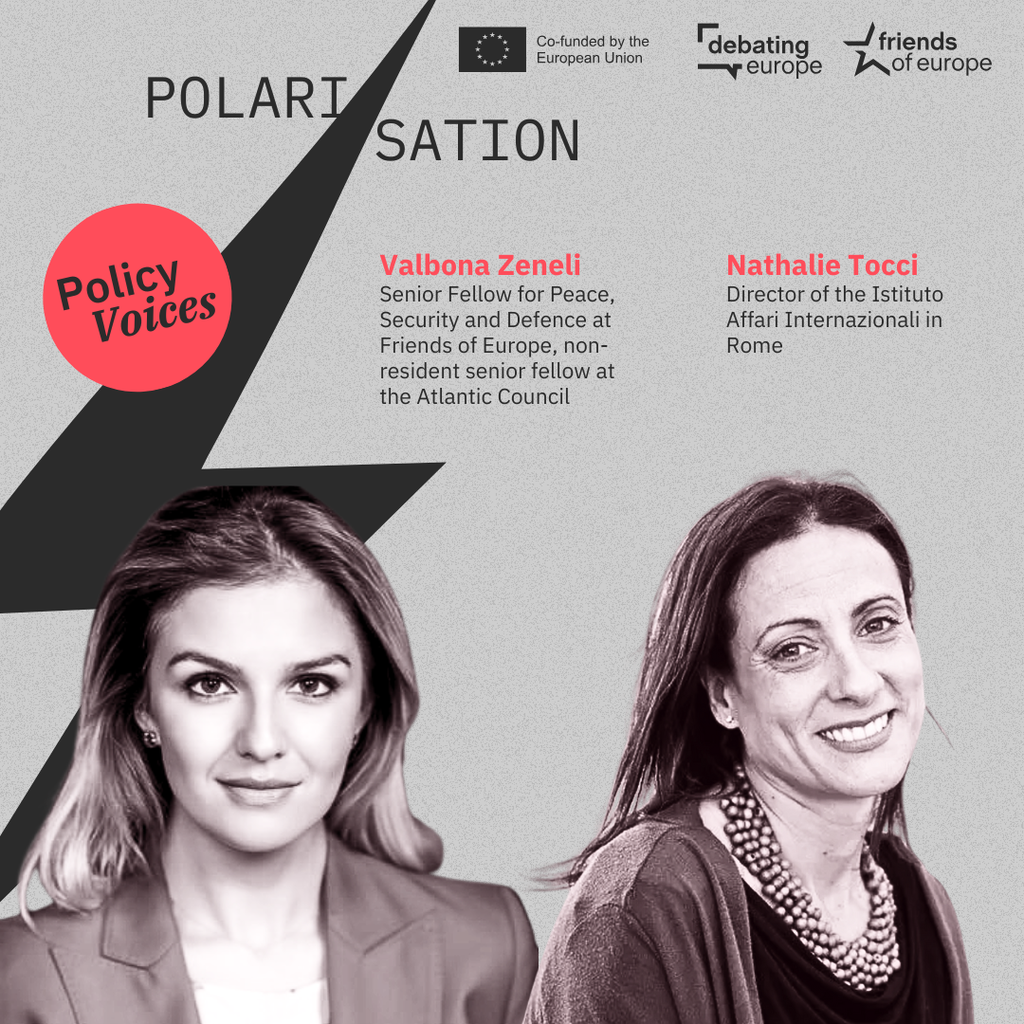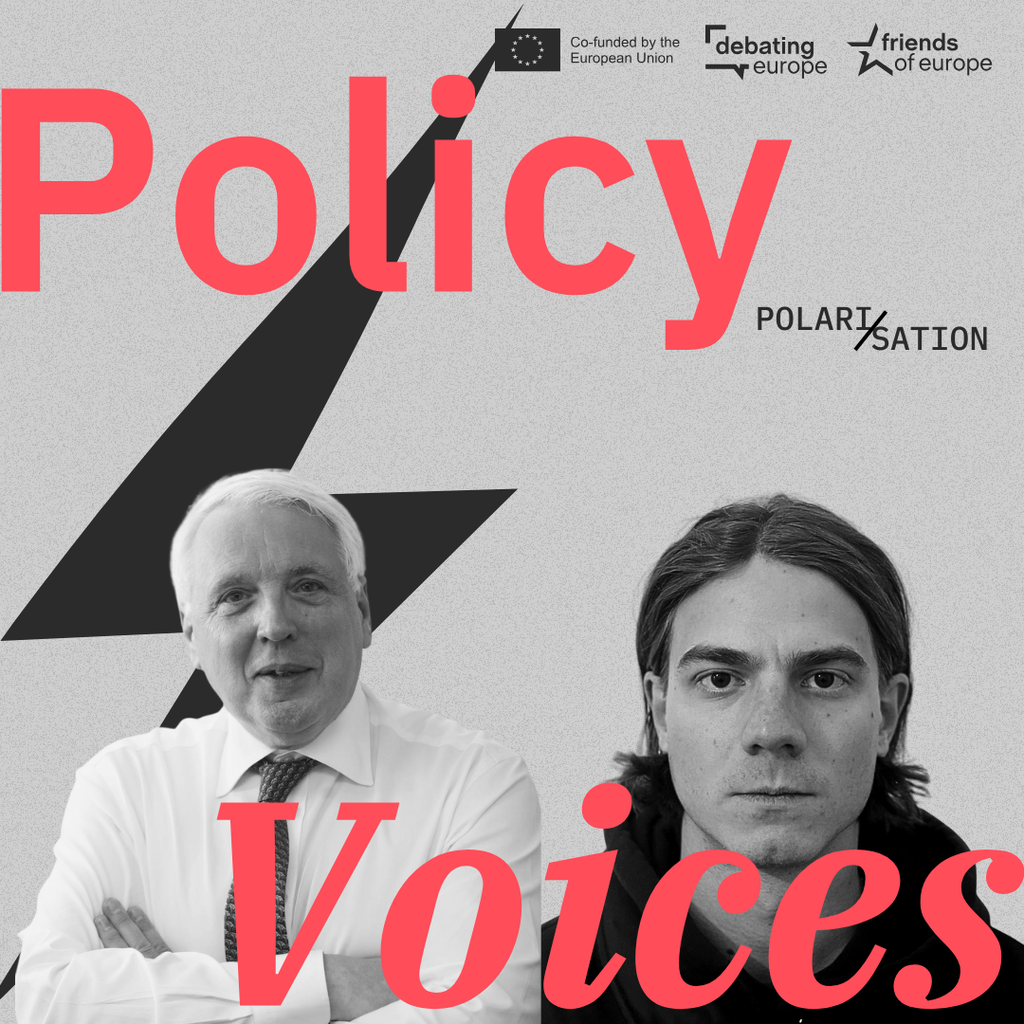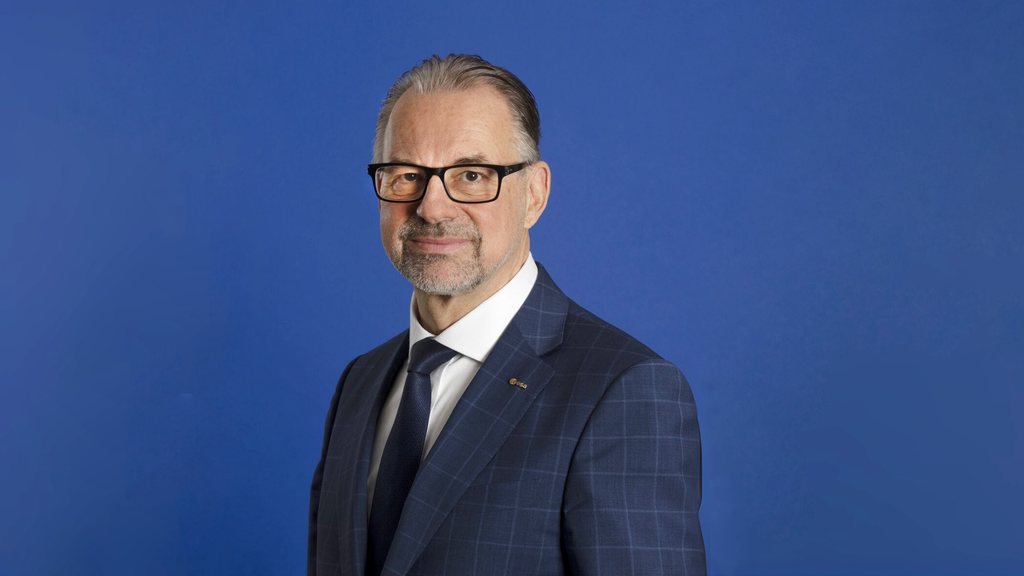From ambition to action: building Europe’s Defence Union
Past event In person

- Area of Expertise
- Peace, Security & Defence
Peace, Security & Defence

Writer and social commentator
There is an emerging discourse around the phenomenon of ‘deep fakes’, a new type of falsified video created through a combination of artificial intelligence (AI) and audio editing programs and applications. This results in manufacturing realistic and believable content with minimal effort. These hyper-realistic, constantly evolving digital forgeries can produce convincing but false video depictions of individuals doing or saying things they never did – all without their consent or knowledge.
According to experts, when appropriated by malicious actors, this new tool of disinformation could be used to frame political enemies, break down social cohesion and cause political unrest – perhaps even armed conflict. Some even say it is the end of truth as we know it. But is it really?
There is a piece of Indian folk wisdom which says: if you ever want to distract a dog, throw a stick and his attention will go to the stick, but never do that with a lion because they will look to the source and ask: “who threw that stick?”
Humans once resembled the lion looking for the source, but in today’s age – an era marked by the incessant flow of information – many people prefer to chase sticks.
On 11 September 2001 the world watched on live television as planes flew into the World Trade Center. We saw them burn and collapse in real time. Recorded footage showed evidence of both planes hitting the buildings.
Many no longer believe what they see
And yet, there are still some individuals who, despite seeing these events unfold before their eyes, claim that the buildings were demolished not by planes, but by thermite bombs installed by the US government.
Similarly, international astronauts have orbited the earth, looking down at us as the planet turns and sharing images to us from space. Yet an increasing number of people today have become vocal supporters of the flat Earth theory. Others somehow believe climate change is a hoax, despite reams of scientific evidence and their own personal experiences of summers growing progressively warmer, setting record-breaking high temperatures.
In the 21st century, it is possible to record nearly everything at all times, be it through cell phones, traffic cameras, laptops or security cameras. An entire generation has grown up with sophisticated recording devices that fit in the palm of their hands, equipped with capabilities to edit photos and videos with a quick push of a button.
And yet many no longer believe what they see.
This started well before the advent of deep fakes, when many began a mass retreat from reason – not into faith, but into paranoia.
Some people might see both the stick and the person throwing it and simply not care. Instead, they probe even deeper into theories and construct webs of conspiracies, latching on to any number of online plots and schemes.
Are [deep fakes] really so different from the flood of disinformation that already pervades our political discourse?
They refuse to believe what they see in print, film or audio. Instead, they live in a world where lies are omnipotent and omnipresent enemies choreograph events and cover-ups.
Although the rise of deep fakes is a significant cause for alarm, people have already learned not to ‘trust their own eyes’. If anything, they are merely proof that technology has caught up to human imagination.
Deep fakes are made to undermine the credibility of those they target, but are they really so different from the flood of disinformation that already pervades our political discourse? A certain part of the body politic is ready to believe whatever conspiracy theory is on offer while another group remains sceptical and strives to exercise critical thinking. Deep fakes can certainly increase the intensity of those who are already predisposed to believing fake news, but this still does not explain the full challenge they represent.
So, our main question needs to be: how do deep fakes impact the remaining part of the population that sits between these two groups – the ones who are undecided? And how can we prevent them from succumbing to the lure of these fake but realistic-looking videos?
Whichever way this undecided group in the middle swings will ultimately determine whether the plurality sides with conspiracy theorists or those who seek fact-based perspectives. How soon and how well we can answer these questions and implement adequate policies will have major repercussions on whether our future political decisions will be based on facts or on the emotions of the least well informed.
Past event In person

Next event In person & Livestreamed

Past event In person

Past event Online





Stay informed
We use cookies and similar technologies to adjust your preferences, analyze traffic and measure the effectiveness of our campaigns. Learn more about our privacy policy.